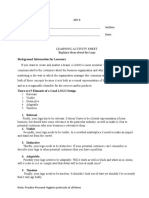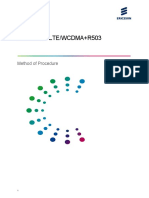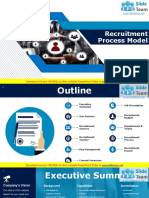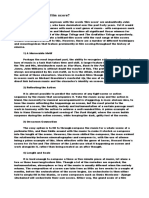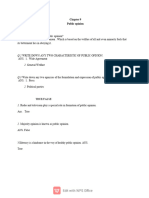0% found this document useful (0 votes)
40 views22 pagesGrammar Practice 2
The document discusses the anatomy of a logo, detailing its essential components such as the logomark, wordmark, tagline, establishment date, framing, background, and negative space. Each part serves a specific purpose in conveying brand identity and requires thoughtful design to create a cohesive logo. Additionally, the document highlights the evolution of the FedEx logo, illustrating its clever design elements and branding significance over time.
Uploaded by
nnnnnn888000Copyright
© © All Rights Reserved
We take content rights seriously. If you suspect this is your content, claim it here.
Available Formats
Download as DOCX, PDF, TXT or read online on Scribd
0% found this document useful (0 votes)
40 views22 pagesGrammar Practice 2
The document discusses the anatomy of a logo, detailing its essential components such as the logomark, wordmark, tagline, establishment date, framing, background, and negative space. Each part serves a specific purpose in conveying brand identity and requires thoughtful design to create a cohesive logo. Additionally, the document highlights the evolution of the FedEx logo, illustrating its clever design elements and branding significance over time.
Uploaded by
nnnnnn888000Copyright
© © All Rights Reserved
We take content rights seriously. If you suspect this is your content, claim it here.
Available Formats
Download as DOCX, PDF, TXT or read online on Scribd
/ 22





























